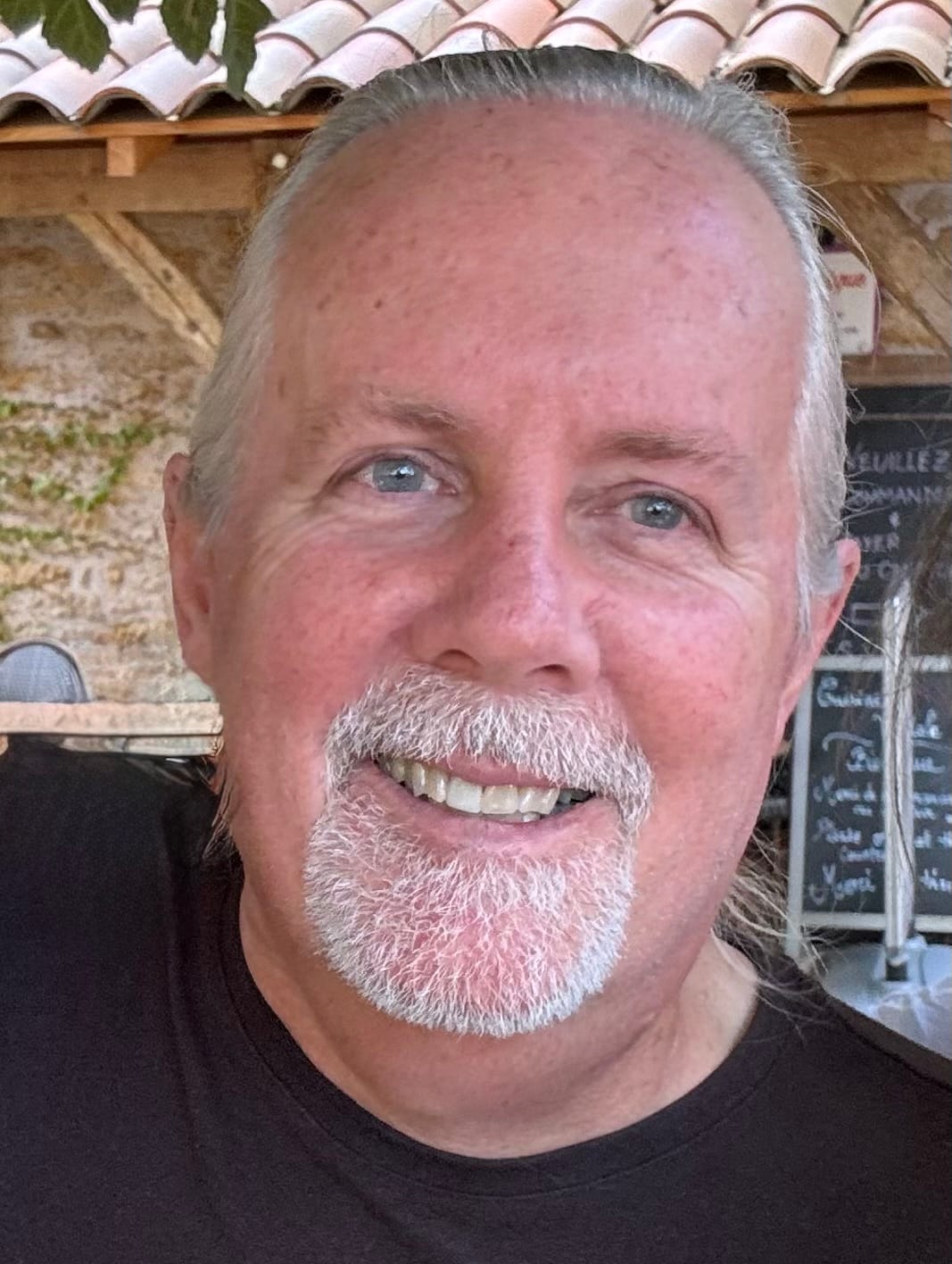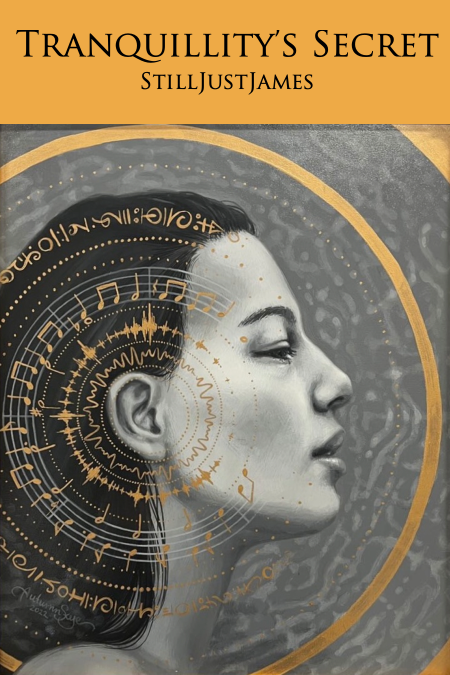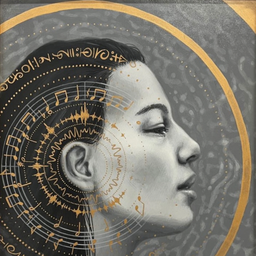My goal in this book is two-fold: to introduce a revolutionary paradigm for understanding ourselves and the world; and to explain an ancient meditation technique that brought me to the insights upon which it is founded.
This technique appears in different forms in the extant spiritual and religious traditions over millennia which have used it — and in which it has been acknowledged as the most efficacious way to reach a direct experience of mind, or the most direct path to a union with God. Unfortunately, the proper way to use it has been largely lost over the last few centuries along with a clear understanding of why it was claimed to be so highly efficient.
The primary reason for this loss is the mechanical materialism that frames all our scientific knowledge today. Lady Anne Conway, an English philosopher and a contemporary of René Déscartes, the French Metaphysician of the Seventeenth Century, was the first to characterize his philosophy as the “Mechanical philosophy.” It was Déscartes’ fascination with garden automata (moving statues) that he saw throughout Paris during his time, that led to his idea that the bodies of animals are nothing more than machines of varying complexity – which could be replaced by metal cogs, axles, and wheels. This very contemporary idea is in fact his legacy to humanity — along with the mind-body split that it entails — as mechanism became the standard to which Nature and all life was compared, and still is. This was the genesis of the modern reductive scientific understanding of life as discovered mechanisms made up of dead matter.
Although Déscartes’ philosophy was not materialism proper, as he held mind to not be material in nature, his was the most significant move to a cognitive framing of all phenomena as the result of mechanical interactions, and he went so far as placing all non-human animals into the machine-only category, because, he argued, they didn’t have minds. While a full account of Déscartes’ thought is not useful in this work, I want to use Lady Conway’s term to make a distinction between a mechanical materialism, which materialism has evolved into, and a less severe understanding that is not so destructive of the primacy of two aspects of being alive — mind and cognizance — which today are asserted to be by-products or epiphenomena of material processes in the brain by strict adherents to the mechanical philosophy.
This frame allows nothing but dead matter, and all that is comprised of dead matter, to be entertained as real. Anything beyond that is either ignored, or considered to be nothing more than figments of someone’s imagination — and this both limits and structures our thoughts about everything.
Even those who believe they have moved on from this limiting understanding continue to be fenced in by language, which is structured by it — so that there is no escaping its limitations via a simple substitution or redefinition of concepts. Rather, it will take a truly revolutionary new paradigm and a concomitant reframing of our understanding of ourselves, this world, and reality, and how they come together in the new paradigm. I characterize the difficulty of this change as being like that of meeting an alien race and trying to work out how they see reality before communication can begin — which is very difficult to do when one’s own view is so limited.
I call this revolutionary paradigm Responsive Naturing.
Responsive Naturing replaces the current paradigm and its concomitant idea of deterministic causality which is foundational in scientific practice today. It can do this because, as you will see, it better accounts for all categories of phenomena, and thus includes all the most important human experiences, such as that of being alive, of beauty, of love, and the ultimate unity of all things. Responsive Naturing provides a sound foundation for the sciences, without the imposed limitation of mechanical materialist explanations, so that both science and spirituality can be founded upon this single common understanding of how things work.
This novel paradigmatic understanding of reality intrinsically applies to all dimensions of mental phenomena — be it of perceptions, sensations, or thoughts — and from the indeterminacy of quantum mechanics to the stochastic nature of most physical phenomena, to the often accidental, sometimes fortunate, but never sure, character of all human activities. This makes this new paradigm immediately productive in a practical way — it simply works, as I will show. It empowers us in ways that our disjointed and parochial schools of thought lock us out of completely, opening up new possible methods of looking at problems and finding solutions across disciplines. However, understanding the repercussions of the new paradigm upon one’s cognitive frame and the concomitant structure of language is difficult to comprehend simply because it is alien to the existing frame and paradigm. The impetus to make the effort is becoming quite clear:
Today, the sciences are ruled by the limiting cognitive framing of mechanical materialism, and over the last century, the limitations of that frame and its associated scientific paradigm of physical causality have become obvious: science has become schizophrenic. On one hand, some scientists say everything is strictly determined by the laws of nature, and neither free will nor conscious intent have any involvement in what happens; but scientists say that the state of the underlying quantum particles that make-up everything is indeterminate until consciously observed with the intent to measure it. Mechanical materialism is why scientists say you have no free will, while you obviously experience that you do — and you are held responsible for your actions by society because you do. It is also why scientists cannot find a non-speculative explanation of consciousness on an evolutionary or biological level, even though being conscious is the most obvious aspect of being alive. And these contradictions have infected every aspect of our lives, and our world, by limiting our ability to see the world any other way. Even the formulation of spiritual doctrines is constrained today by this cognitive frame’s presence in our language. This is not an academic matter, as we see clearly in our failure, so-far, to change the path that has brought us to a global environmental collapse and the ecocide of all life on Earth.
What is unique about the book’s approach is that it does not speculate about what might be the case, like so much of philosophy does. Instead, it relies upon meditative and contemplative insights that were gleaned directly from a dedicated advanced meditation practice over 60+ years of the author’s life. These insights were then confirmed by subsequent research into similar forms of this advanced meditation technique found across the world and throughout human history. In conjunction with my meditation practice, I have doctoral-level education in Philosophy and a 30-year career in Software Engineering. The latter was in part focused on automated software development, during which I was confronted with the unsolvable enigma — within the mechanical materialist understanding that I was enculturated into, and inculcated with — of Human Creativity. An enigma that set me on my path of discovery.
I have discovered, and continue to discover, just how productive this novel paradigm is in understanding ourselves and our world, by its ability to explain — in detail — so many of our experiences that are today either inexplicable, paradoxical, or ignored “for the present” by scientists until some hoped for mechanical description can be found. For the most part, scientists constrain themselves to describing mechanisms, but describing how is not explaining why — and that is why so much of our modern knowledge has a best-used-by-date. On the other side, seemingly all spiritual traditions accept this modern characterization of the world, ourselves, and reality that is manifest in our language, so that even spiritual phenomena and ideas are necessarily structured by it. We accept the ideas of separate beings, intentional entities, levels of consciousness, and attainment of enlightenment or unification with God, all of which are necessary because dead matter, and unconsciousness, are considered to be the starting point. It isn’t.
Rather than just present this novel paradigm as a fait accompli, the book’s five sections bring the reader through stages of reconfiguration of our understanding:
Volume 1. The Way of Unsaying — The need for the articles in the first volume is not to tell the reader how things are, but to unsay the things that they have heard throughout their lives and have taken to heart. This is accomplished by exposing the logical and explanatory limitations of those ideas that usually go unnoticed. This is necessary to do in order to open the reader’s mind to other ways of accounting for phenomena, and navigating life, so that the reader will understand: first, why the meditation technique I will present is so effective; and second, why the novel paradigm that I propose will truly advance human knowledge and enable us to change our way of being in the world. In order to liberate oneself from seeing the world in a particular way I use skillful means to unseat all the understandings that we have all been inculcated with. This can be destabilizing, and you might find yourself getting annoyed, or even frightened. To paraphrase a Buddhist proverb: Better not to start; but if started, better to finish:
Volume 2. The Way of Contemplation — In this volume, the paradigm of Responsive Naturing is developed, building upon the dialogs in volume 1. This volume challenges the reader, since breaking free of one’s existing cognitive frame and paradigmatic understanding is not a trivial exercise, and neither is restructuring one’s thoughts to fit into a new paradigm. This section explains what Responsive Naturing means, how it works in both spiritual and scientific senses, my specific arguments for why it is the answer to our need for a better way to account for phenomena and experience, and how our way of being in the world can change because of it. I attempt to show, via a myriad of independent fields of study, just how powerful this paradigm is in explaining the various phenomena that until now, either had no scientific explanation, or had an incoherent and never proven one.
Volume 3. The Way of Tradition — This volume provides the reader with traditional descriptions of similar types of meditation to that which I am presenting. These techniques are related by the unusual support for meditation that they use: that of Inner Spontaneous Sound. This information is provided for two reasons: 1) to validate the technique I present in volume 4, The Way of Meditation, by showing the high esteem that these techniques have been held in by all spiritual traditions, and 2) to present a rational explanation for the technique’s effectiveness, based upon responsive naturing.
Volume 4. The Way of Meditation — This volume describes the practice that I call “Great Responsiveness Meditation” which will allow the reader to: 1) engage in a long-term meditative and contemplative practice in order to attain the insights that are the foundation for the novel paradigm that I am presenting; and 2) to benefit from two unique side-effects of using inner spontaneous sound: one which protects the meditator during traumatic and extreme emotional experiences, especially of the kind now expected because of the current global environmental and societal crises; and the other — which is widely attested to — is an alchemical-like change in the meditator, who quickly displays compassion without self-centered concern. In Buddhism, this is known by the Sanskrit word “Mahākaruṇā,” which is the type of responsive compassion displayed by all enlightened beings. It is a permanent change in how we live our life, and it enables each of us to overcome our worst inculcated selfish behaviors.
ཨེ་མ་ཧོ། ཕན་ནོ་ཕན་ནོ་སྭཱཧཱ།

|| UNSAYING | CONTEMPLATION | TRADITION | MEDITATION | DISCUSSIONS | BACK MATTER || 👉


